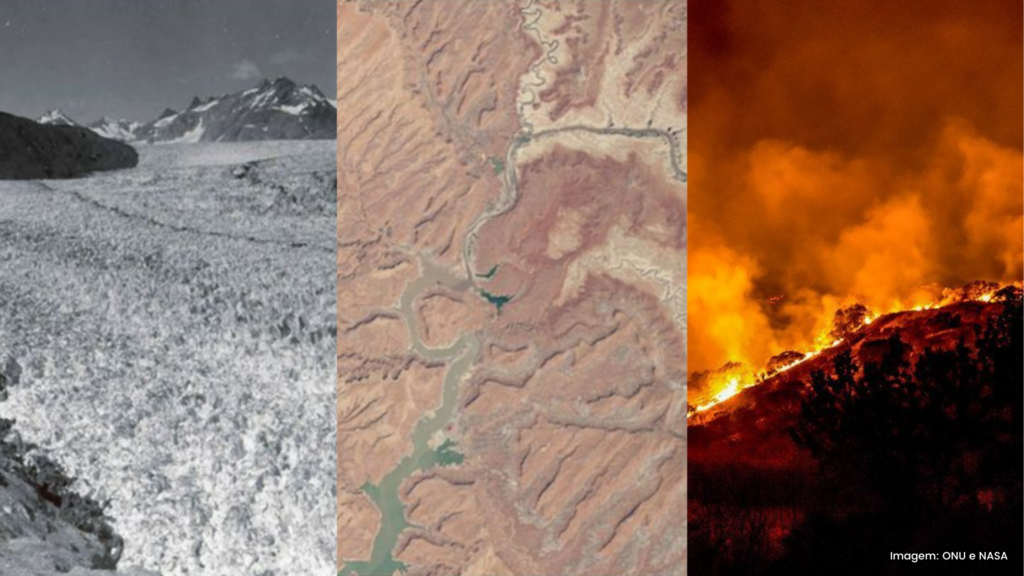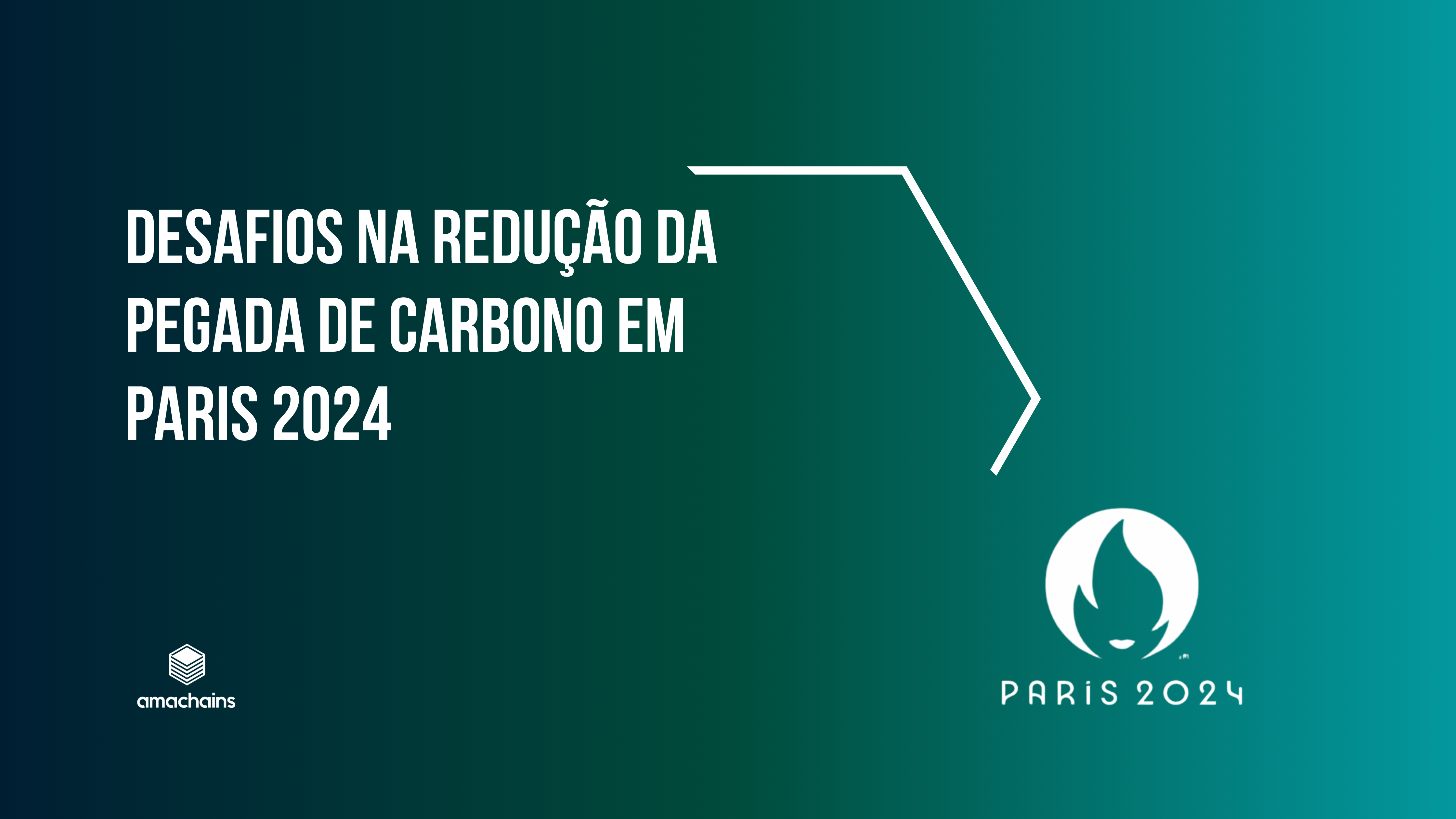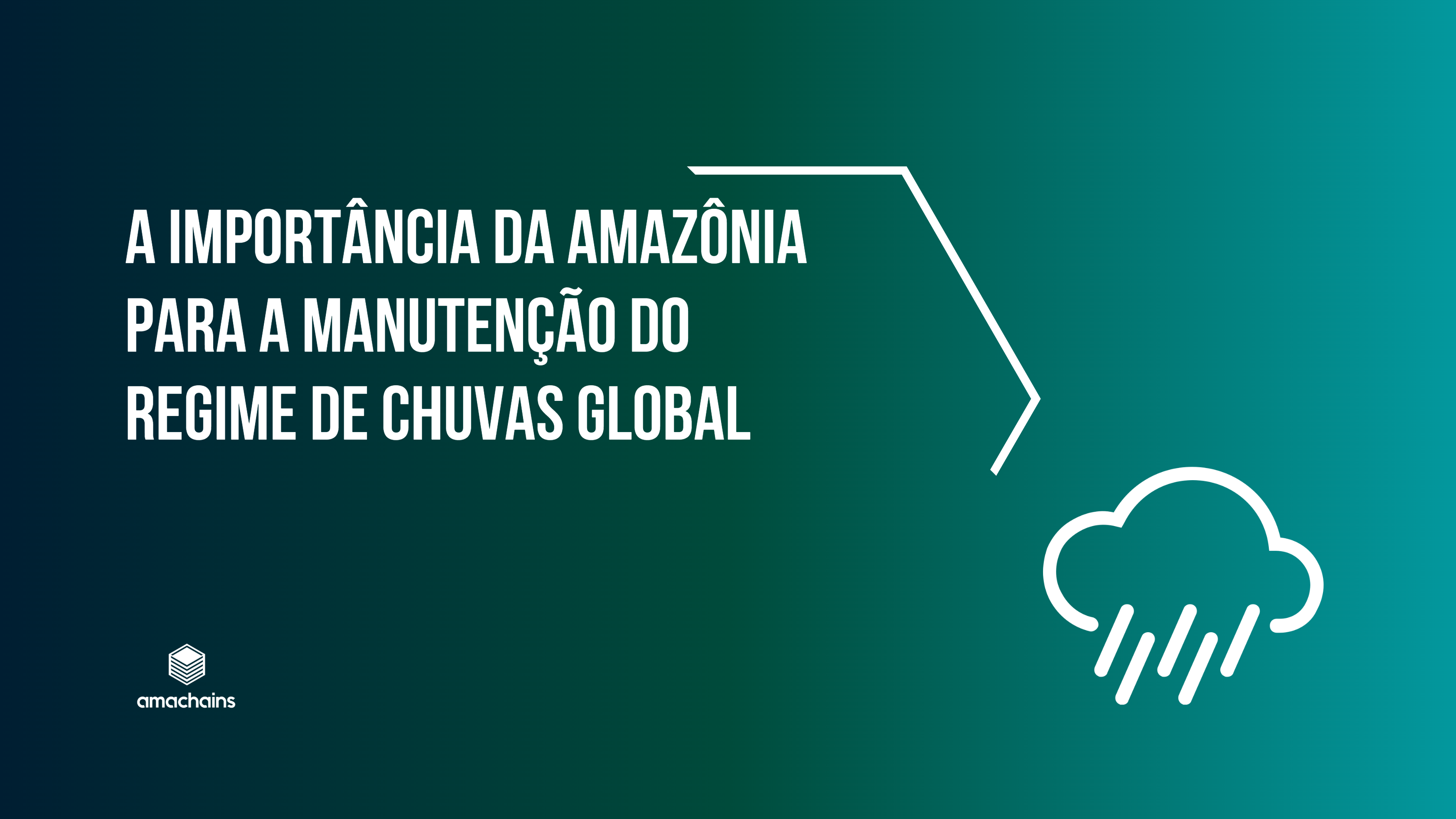In 2018, the Intergovernmental Panel on Climate Change (IPCC), the United Nations body responsible for assessing climate change, warned in its Special Report that we cannot allow global temperatures to rise by more than 1.5°C compared to pre-Industrial Revolution levels. Forecasts are that if global temperatures rise by 2°C, the consequences could be disastrous and the loss of biodiversity and habitats irreversible.
Each year, high temperatures become more frequent and have caused several fires. These usually occur as a result of intense drought that significantly reduces soil moisture, making it drier and more prone to forest fires.
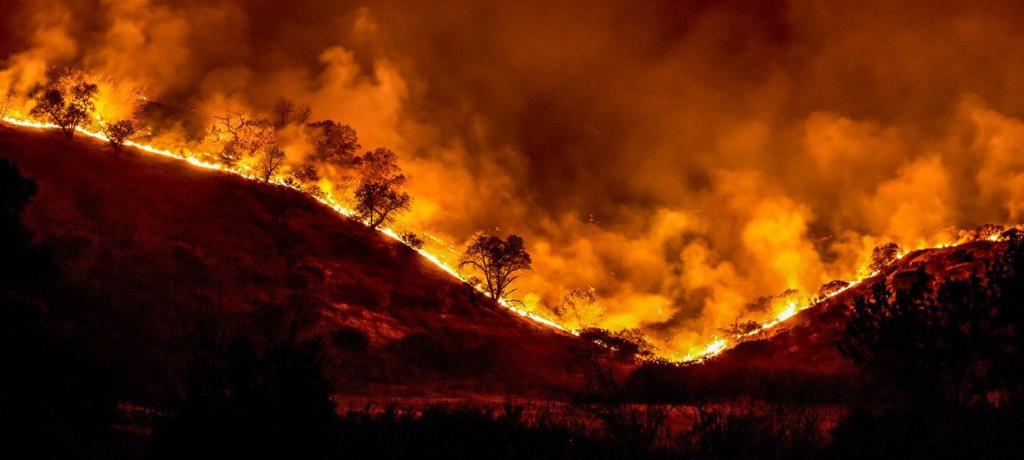
NASA, a US space agency, through the Climate 360º project, releases information about the effects of climate change on the planet. On the project website, we can access old and current images for comparison, as we will see below.
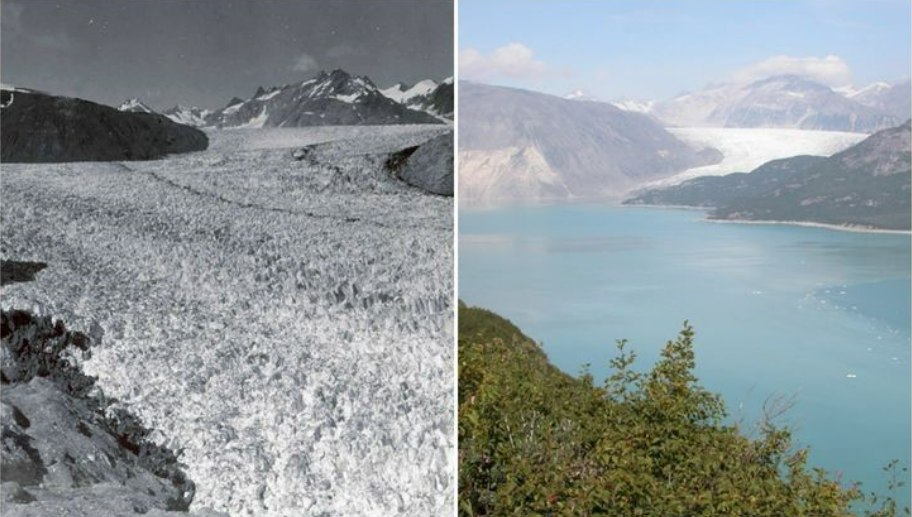

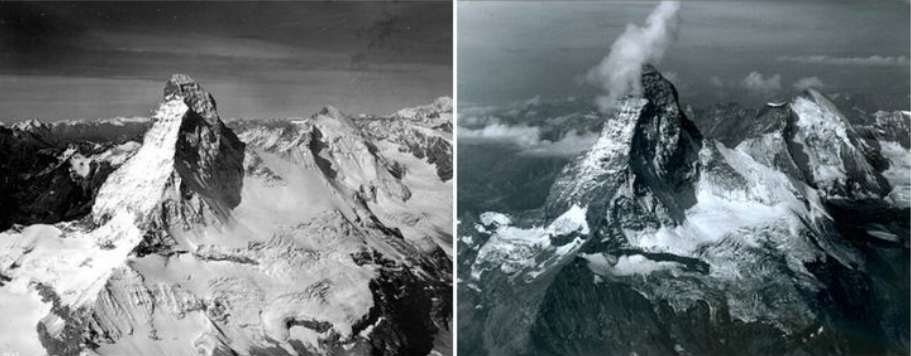

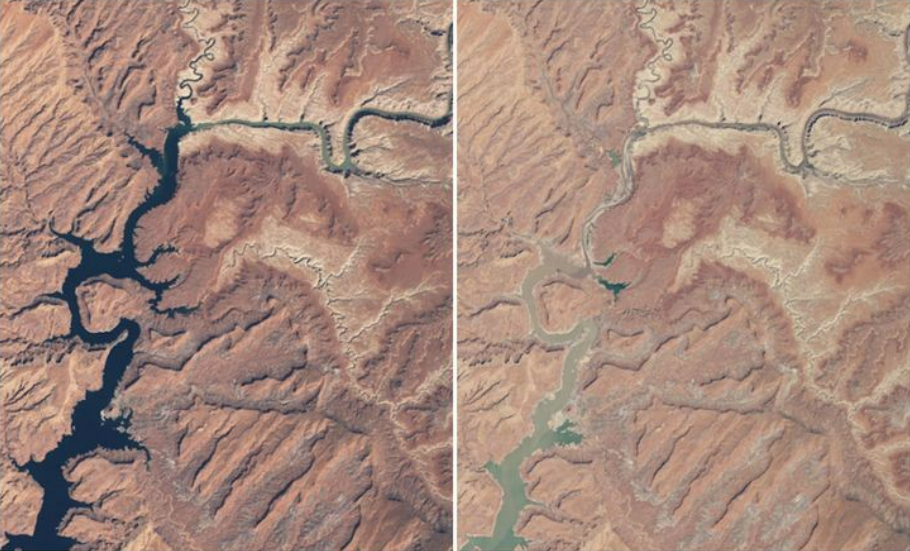
A study led by researchers from the University of Queensland, Australia, published in the scientific journal Environmental Research Letters, showed that five islands, Kale, Zollies, Rehana, Kakatina and Rapita, which were part of the Solomon Islands, have completely disappeared due to rising sea levels. Aerial and satellite images taken between 1947 and 2014 were analyzed.
According to the World Meteorological Organization (WMO), 2021 is among the hottest years in history, with 2016 being the hottest year to date. According to the WMO Secretary-General, “2021 will be remembered for record-breaking temperatures of nearly 50°C in Canada, comparable to the values recorded in the Algerian desert.”
These are just a few examples of how the Earth is changing due to climate change and global warming.
